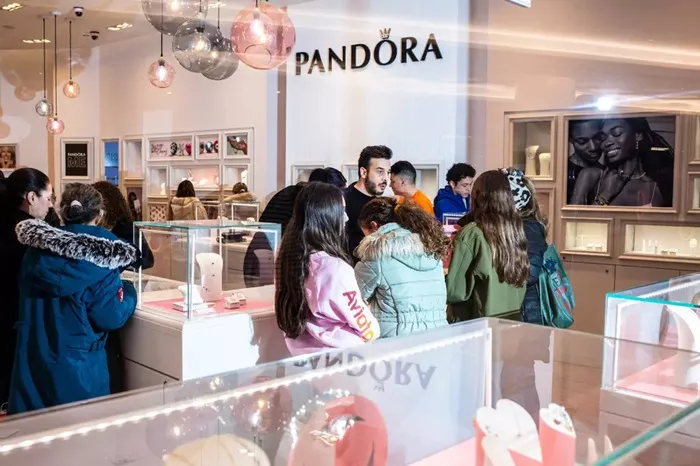Pandora, the world’s largest jewelry company, is facing rising pressure from global trade tensions. Though the company is headquartered in Denmark and runs nearly 500 stores across the United States, much of its production takes place in Thailand. Pandora has relied on Thailand for manufacturing for almost four decades.
Like many multinational businesses, Pandora depends on an international supply chain to keep costs low and products moving. But this global system came under threat last month when former U.S. President Donald Trump announced steep tariffs. These included a 36% tariff on goods imported from Thailand, along with similar tariffs on several other countries.
The news caused Pandora’s stock to drop sharply, making it one of the worst performers in European markets that week. Although Trump later postponed the tariffs until early July, uncertainty remains high.
Alexander Lacik, Pandora’s CEO, said he does not expect this unpredictability to end soon. In an interview, he warned that unless tariffs return to normal levels, the company should prepare for a turbulent year.
“With the information at hand today, I would be crazy to make big strategic decisions,” Mr. Lacik said.
Business leaders around the world are struggling with the same problem: how to respond to unpredictable U.S. trade policies. While the Trump administration has shown some willingness to ease tariffs, early trade deals with countries like Britain and China have left companies with more questions than answers. For now, tariff levels remain higher than they were just a few months ago.
Although some parts of the trade war have been put on hold, Pandora and other global firms are still waiting for more clear agreements to be finalized.
Pandora is best known for its silver charm bracelets. The company began making jewelry in Thailand in 1989. Today, thousands of artisans work in its three factories there. Pandora is also building a fourth factory in Vietnam. However, Trump has threatened even higher tariffs—up to 46%—on Vietnamese imports.
In 2024, Pandora sold 113 million pieces of jewelry—roughly three items every second. The company has stores in over 100 countries. The U.S. is Pandora’s most important market, generating one-third of its global sales, or about 9.7 billion Danish kroner ($1.4 billion USD).
Mr. Lacik made it clear that the company has no plans to leave the U.S. market. However, rising costs are a concern.
Prices are likely to go up, he said. But it is unclear whether those increases will fall on American consumers or be spread across Pandora’s global markets.
“The big question is, am I going to pass on everything to the U.S. consumer, or am I going to peanut butter it out and raise the whole Pandora pricing globally?” Mr. Lacik said.
For now, Pandora has some breathing room. The company keeps several months of inventory in stock. This gives it time to observe how competitors adjust prices and make informed decisions.
Some immediate steps are underway. Pandora announced it will change how it ships products. Items sold in Canada and Latin America will no longer pass through the company’s distribution center in Baltimore. This change should take six to nine months to complete.
Pandora is not considering moving production to the United States. Higher labor costs make that option unfeasible. The company employs nearly 15,000 jewelry makers in Thailand and expects to add 7,000 more in Vietnam once the new factory opens.
Related topics:
- CHS Senior Wins Jewelry Design Competition with ‘Sea Breeze’ Ring
- Pandora Names Xia Zhiguang as New Brand Ambassador
- Trump Tariff Threat Forces Pandora to Restructure Global Supply Chain


